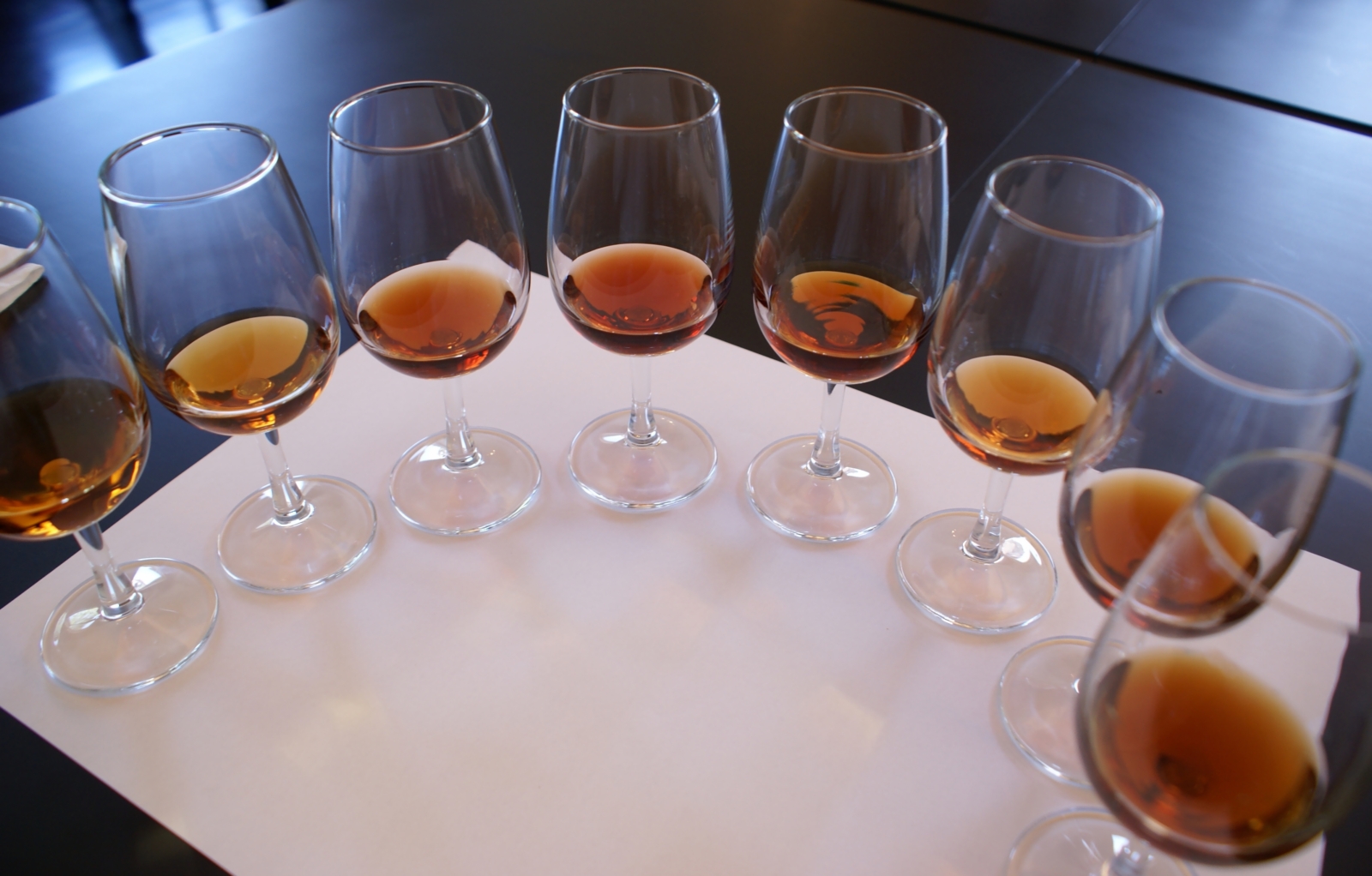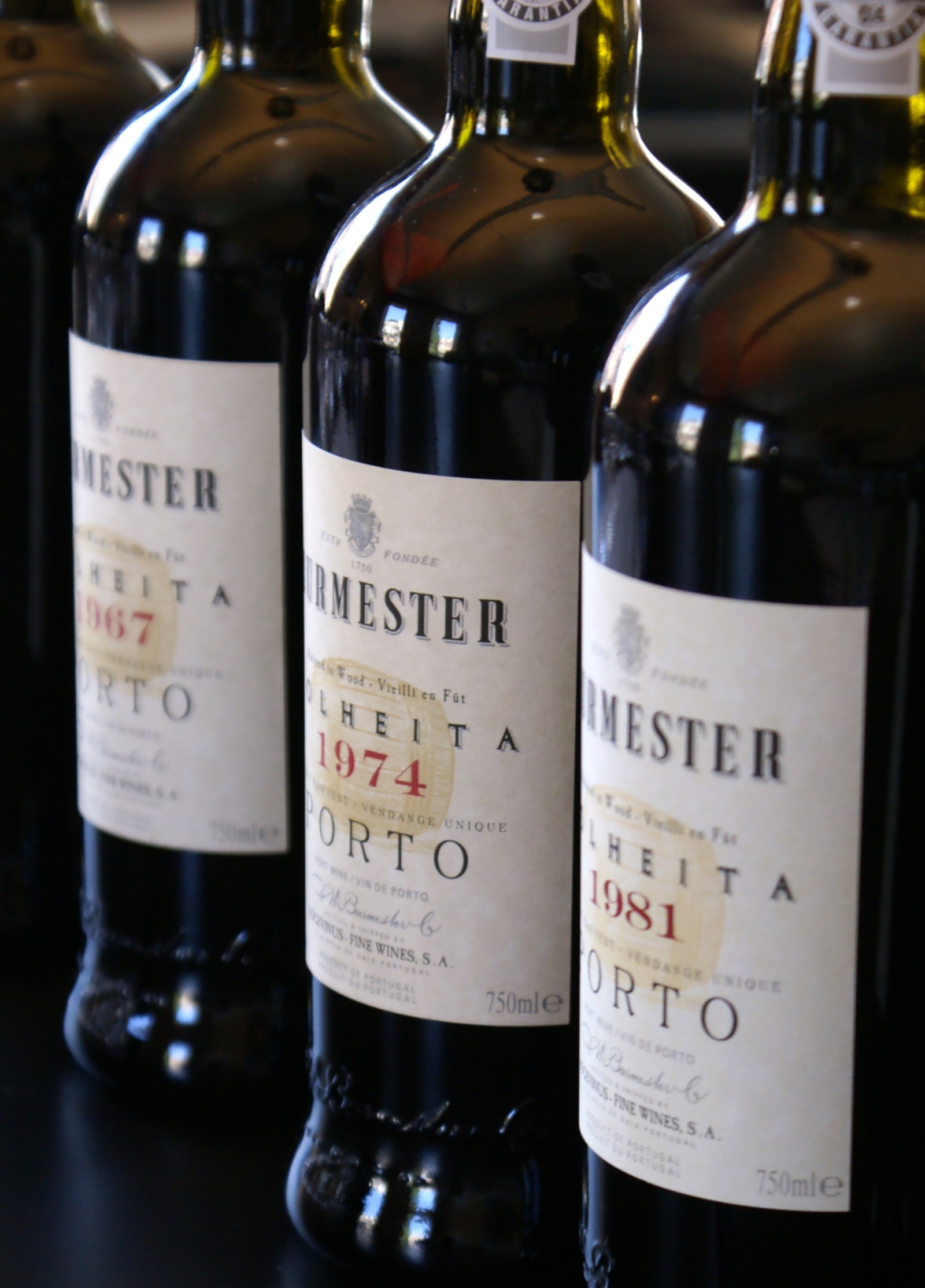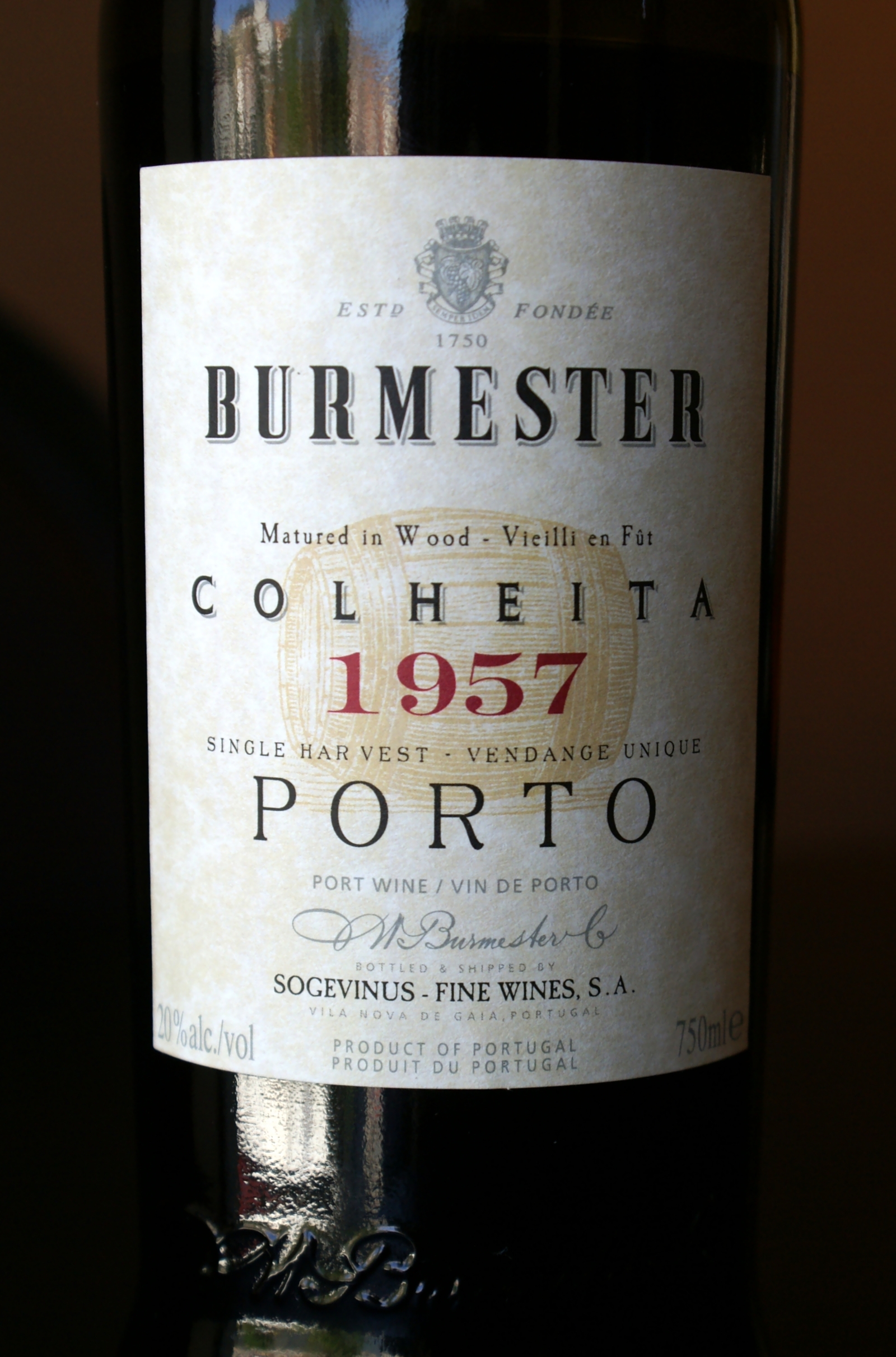In Portugal (4): Burmester: Time goes by
Posted on 18 April 2011
[Click here for other articles in this series]
I love port wine. I like its depth of flavour and its amazing concentration. I like its unrivalled capacity to age and the way an old bottle of port reconciles with the distant past. I like the world of oxidative flavours typical for many ports. But port is a difficult wine; an acquired taste. In many ways it’s awfully unfashionable and outmoded. Were it not for James Suckling’s and Robert Parker’s preference for the inky tannic concentration of young vintage port, and the insatiable French interest for cheap sweet apéro, port would probably be as derelict as madeira today.
Whatever you say, the market situation for port is a difficult one. Young people just don’t drink it. Producers are trying to think ahead, introducing new products such as pink port (which I’ll address in a separate post). It’s ironic that port’s greatest glories, its old wines, are so misunderstood and forgotten today. A vivid example of this is tawny port and colheita (single-vintage tawny). These wines, aged in wood for 10, 20, 30 or even 40 years and more, developing a unique panorama of flavours, basically don’t get any coverage at all. Consequently they remain very affordable but are also in the risk of gradually disappearing.
How much would be lost was shown by a tasting of old wines kindly organised for me by Cátia Moura, the communication manager for the Sogevinus group. Sogevinus is a wine holding established in 2005 by the Caixa Nova bank and reuniting some of the most outstanding historical brands of port: Kopke (founded in 1638), Burmester, Barros, Cálem and Gilberts. These great names have benefited from considerable investment in vineyards and facilities (the impressive tourist centre at the Cálem cellars in Vila Nova de Gaia opposite Porto is just one of these), and a renewed energy in communicating their most well-known products, old tawny ports whose current stocks go back as far as 1937 (still ageing in cask) and 1890 (in bottle). I’ll never forget a tasting in Bordeaux when colheitas from 1890, 1900, 1927, 1937 and 1955 were poured alongside.
This time, I tasted Burmester’s Colheitas from 1998, 1989, 1981, 1974, 1967 and 1957. Half of these wines were older than the person who tasted them, and their total age totalled a mindblowing 200 years! 1998 is a current market release that I’ve tasted several times in Poland; elegant, juicy and smooth, it still has much red wine character to it, and needs to age longer in cask, as does the 1989. (These colheitas are bottled bit by bit on demand, with the bulk of the wine remaining in oak). The 1974, from the year of the Portuguese revolution, was the lightest of the series, slightly spicy, understated, integrated and quietly complex: very representative of the Burmester style. 1981 and 1967, by contrast, were slightly brutish with a restrained peppery power underneath the calm blanket of aged fruit confiture flavours. Sophisticated drinking experiences to savour by the small sip.
1957 showed more guts. After 54 years in cask, it’s nowhere near expired its power. Expansive and intense with plenty of fruit alongside the aged, spicy, almost madeira-like flavours, I’m confident it will still improve in cask. It’s a majestic wine that alone would have been worth a trip to Portugal.
I also tasted a interesting pair of white ports: a 20 Years Old and a 40 years Old (Burmester is one of the very few port houses to take white so seriously, and the only one to have a complete range of 10-, 20-, 30- and 40-year-old white tawnies). The 20 had lovely complexity but showed the handicap of many white ports: low acidity, making the honeyed and caramelly flavours a little cloying. The 40 showed a little thin and fruitless, with the alcohol quite apparent: it came very close to a venerable old cognac. These unique port wines really deserve more attention. Expect more write-ups soon.
Disclosure
All wines tasted provided by Burmester. Other expenses of this trip to Portugal including flights, transfers and hotel in Oporto are my own.




